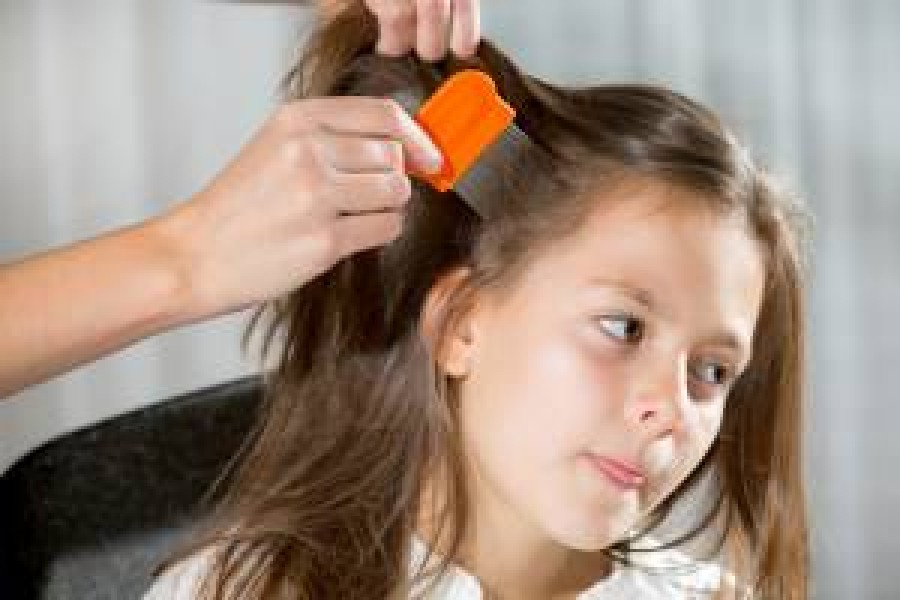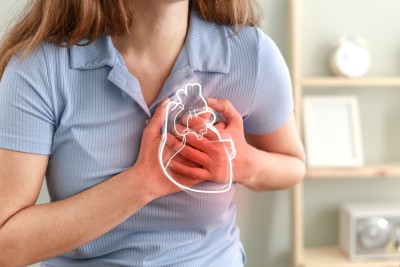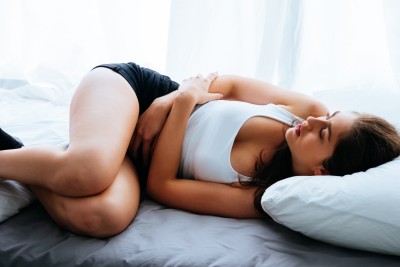Free shipping for orders over 39.00€
Come out victorious in the battle with the lice!

Schools have finally opened and, along with students in the classrooms, lice also returned on the heads of young children, making parents face an ordinary – but annoying - problem, which they must manage!
Who does not remember – at least once in his childhood – having lice, with parents coping with the problem with improvised formulations, constant hair scraping, even with buzz cuts, tactics that had created psychological traumas in children's souls? Fortunately, today, there are several herbal-mainly products, which help eliminate lice, easily and quickly!
According to FDA, the problem concerns 1 in 20 children that get infected by lice on the scalp, but also parents who often get infected by their children, let's see what exactly lice are and how to deal with them.
Lice are small, transparent, apterous insects, only 3-4 mm long, which have 6 legs with clamps that help them attach to the hairs of the head, mainly in the warmest areas, such as the neck, temples, or the area behind the ears. Lice feed on human blood – which is why they get a brownish-reddish color-and cause irritation to the skin, resulting in intense itching.

The life cycle of the louse lasts 40 days, however, during this time, the female louse can lay up to 10 times daily, giving 300 eggs per lay! These eggs are attached to the hairs with an adhesive liquid and the incubation time ranges from 8 to 10 days. When the incubation cycle is complete, nymphs are born, leaving behind the empty shells -that is very well-known as nits- which are like white dots and reminiscent of dandruff.
This means that the fight against lice needs time to be counteracted because, even if mature lice are removed from the child's head, the eggs (which are almost invisible) should also be removed before they are fertilized, and permanently be relieved from the problem.
In fact, while lice cannot survive for more than two days away from the human head - because they become dehydrated and die-their eggs can survive up to 10 days away from the host (either on clothes, bedding, combs, towels, etc.)
Reasonably, of course, a question arises, why children are so vulnerable to being attacked by lice. The answer is relatively simple: lice are insects that do not fly, and their transmission occurs when we have direct contact with heads or with the exchange of infected personal belongings. As children play with their friends, they come into direct contact with each other, touch their heads, or share their personal belongings, and thus, they are exposed to lice. That is why it is very important to teach our children not to share their personal belongings, even with their siblings, so that they do not exchange the annoying insects among themselves.

How can you spot lice? the louse, though tiny, is smart enough to hide, when it feels movement in its surroundings.
A first indication is the child's itching of its head. If you notice that your child is scratching its head, arm yourself with patience, a hair conditioner, a special comb, and carefully examine its headdress.
- Comb the hair from the roots to the tips and wipe the comb with a tissue to remove lice and nits.
- Disinfect in hot water everything that has encounter the child's head (brushes, hats, linen, etc.).
- Finally, follow an antiphtheria treatment at least two times: the first time you will kill all living lice and with the second treatment, after 9-10 days, to neutralize the young lice that meanwhile hatched on the child's head. It is very important not to delay the implementation of the second treatment, to prevent young lice from giving birth and depositing their eggs on the scalp.
In the market, you will find anti head lice products of chemical and natural origin, which are the most desirable as the first can cause dermatitis on the skin.
Products of natural origin act without side effects, effectively invading the respiratory system of the louse causing suffocation and, by extension, death.

In pharmacies, you can get the appropriate shampoos, which can neutralize lice and nits, leaving hair clean and healthy, from the very first treatment.
For lice contamination, the best treatment is prevention so, you can use special lotions that can keep lice away from children's heads. In fact, lotions are available in sprays, making their use even easier.
Finally, for your little girls, you can find hair elastic bands impregnated with an active natural formula with a smell that repels lice, but the children love it!






